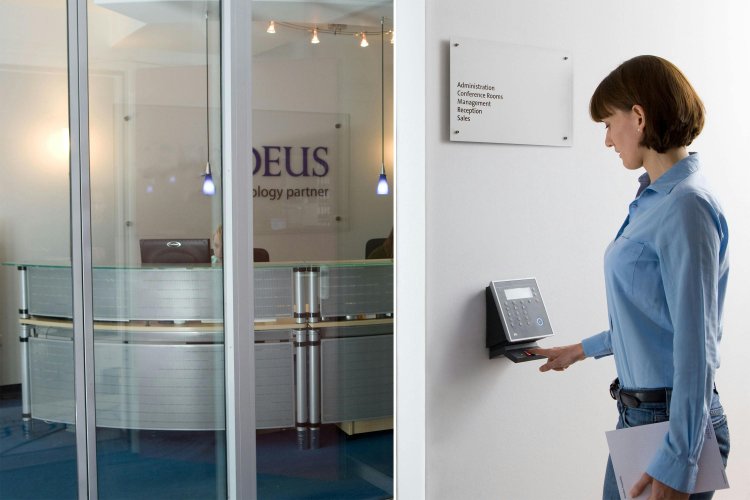What is biometrics and how many types are there? Why do we need biometrics?
Biometrics is a technology that involves the identification and verification of individuals based on their unique physical or behavioral characteristics. These characteristics are unique to each individual making biometrics a powerful tool for authentication and identification
What is biometrics and how many types are there? Why do we need biometrics?
Biometrics
Biometrics is a technology that involves the identification and verification of individuals based on their unique physical or behavioral characteristics. These characteristics are unique to each individual making biometrics a powerful tool for authentication and identification. The basic description of biometrics includes a variety of types and applications and its importance arises from the need for secure convenient and reliable methods of identity verification.
Types of Biometric
1. Fingerprint Identification - Fingerprint Identification Analyzing the unique patterns of peaks and valleys on a person's fingers.
2. Facial Recognition - Facial Recognition Identifying individuals based on facial features and proportions.
3. Iris Recognition - Iris Recognition Checking complex patterns in the colored part of the eye (iris).
4. Retina Recognition - Retina Recognition Focusing on the unique pattern of blood vessels in the back of the eye (the retina).
5. Voice Recognition - Voice Recognition Analyzing voice characteristics such as pitch tone and frequency.
6. Hand Geometry - Hand Geometry Estimating the shape and size of a person's hand.
7. Signature Recognition - Signature Recognition Investigating the unique aspects of a person's signature.
8. Keystroke Dynamics - Keystroke Dynamics Analysis of typing patterns and keystroke timing.
9. - DNA matching - DNA matching Comparing a person's DNA profile for identification.
Biometric System
1. Unimodal systems Use a single biometric characteristic for identification.
2. Multimodal System Combine multiple biometric traits for increased accuracy and security.
3. Behavioral Biometrics Pay attention to behavioral patterns like keystrokes or signature dynamics.
4. Physical Biometrics This includes physical characteristics such as fingerprints or iris patterns.
Biometric Process
1. Enrolment Capturing and storing the biometric data of an individual in the system.
2. Extraction Transforming captured data into a template for comparison.
3. Comparison Matching the extracted template with the stored template.
4. Decision Verifying or identifying a person based on the comparison result.
Why do we need Biometrics (Importance and Applications)
1. Advanced Security
Biometrics provide a high level of security because they are based on unique individual traits that are difficult to replicate or recreate.
2. Feature
Biometric systems provide convenient and efficient means of identity verification eliminating the need for passwords or cards.
3. Reduction in Fraud By relying on unique physical or behavioral traits biometrics reduce the likelihood of identity theft or fraudulent activities.
4. Access Control
Biometric access control systems are widely used to secure physical and digital spaces allowing entry only to authorized individuals.
5. Financial Transactions
Biometrics are increasingly being used to secure financial transactions online banking and authorize payments.
6. Government Identity
National identification programs leverage biometrics to create secure identity documents and prevent identity fraud.
7. Health Care Management
Biometrics helps secure patient identification health care records and prevent medical identity theft.
8. Border Control and Immigration
Biometric systems have been deployed at the borders to verify the identity of travelers and enhance border security.
9. Employee Time and Attendance
Biometric systems track employee attendance reduce time fraud and ensure accurate payroll management.
10. Forensic Investigation
Biometrics plays an important role in forensic science aiding criminal investigations through fingerprint or DNA analysis.
11. Personal Devices
Biometric authentication is integrated into smartphones and other devices for secure unlocking and access.
12. Disaster Response and Humanitarian Assistance
Biometrics assists in disaster response by helping to identify and locate individuals in need of assistance.
Ultimately biometrics provides a robust and reliable solution for identity verification in various domains. Its importance lies in enhancing security convenience and efficiency across a wide range of applications ultimately contributing to a more secure and interconnected world.
What's Your Reaction?




















